If youre in search of the best lens for streaming then youve come to the right place.
Each lens has many different variables that will ultimately determine the outcome of the shot.
How to choose a lens for streaming?
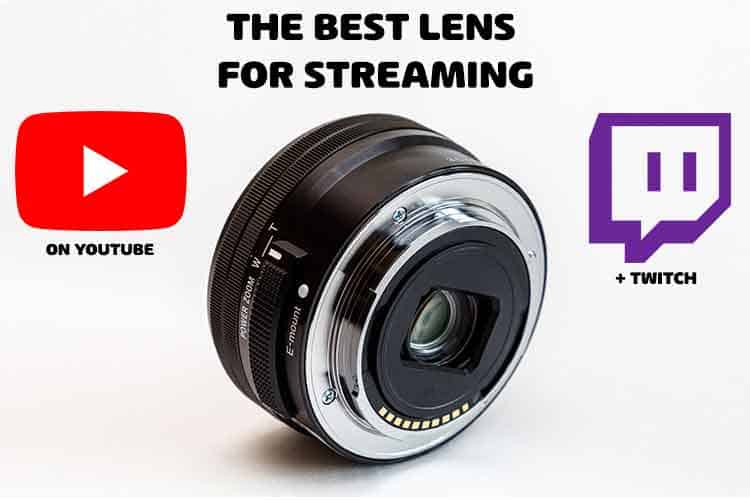
Focal Length
The focal length is measured in millimeters (eg.
A shorter focal length (e.g.
12mm) creates a more zoomed-out shot, whereas a longer focal length (e.g.
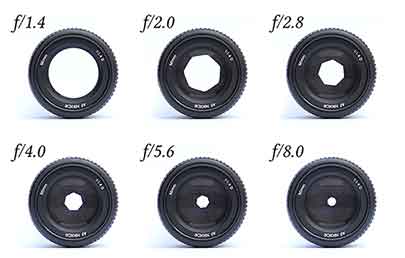
50mm) produces a more zoomed-in shot.
If the lens has two numbers (eg.
We can give you a rough estimation though.
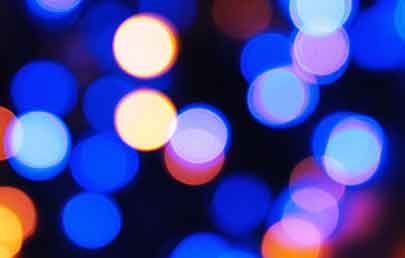
A 50mm lens is another popular choice because it offers a natural and undistorted field of view.
50mm is about as close as we can get to our eyes vision, making the image look proportional.
2.Aperture
The second number you will see on the listing of a camera lens is the aperture.

Aperture is the opening in a lens through which light passes to enter the camera.
Lowering the f-number causes the camera lens opening to widen, resulting in more light reaching the sensor.
To achieve the effect you will want to purchase a lens with as wide an aperture as possible.

This is because different lenses are designed for different sensors.
There are two main types of sensors; Full-frame (FX) and APS-C (DX-cropped) sensors.
A full-frame camera has a 35mm image sensor format (36 mm 24 mm).
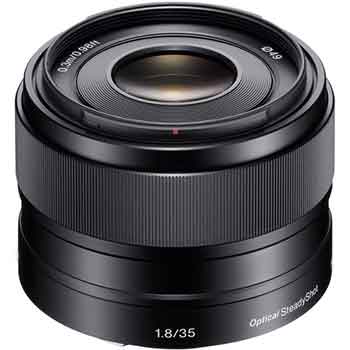
Lenses for these sensors are larger and subsequently more expensive.
An APS-C camera is smaller, with an image sensor measuring (23.6mm x 15.7mm).
Lenses for these sensors are often lighter and cheaper.

The crop/ multiplication factor is somewhere between x1.5/ 1.6 depending on the manufacturer of the camera.
If you have an APS-C camera, buy an APS-C lens.
What is the best lens for streaming with a Sony Mirrorless camera?

The show-stopping tech on this lens though is the image stabilization technology.
The internal focus and retractable design guarantee that you always stay in frame.
You wont have to worry about sudden movements that might throw off your focus when broadcasting.

This will add to the production quality, improving shots while reducing the amount of heavy lifting in post.
Lightweight and compact, it pairs nicely with other Sony gear.
Britny Ellen uses this lens for streaming.

Its the extra-low dispersion (ED) glass on this lens that makes theSony SEL35F1a premium choice.
This is great for those searching for sharper image quality.
Speaking of the aperture, the circular aperture design of this lens is special, too.
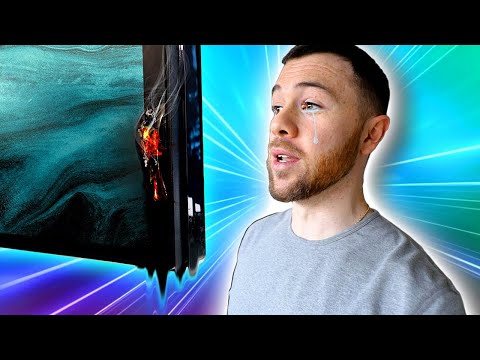
Those looking for a high-quality prime lens to stream with will love thisSigmaoption.
Still, due to the follow-focus technology, the image clarity this lens produces is absolutely top-shelf.
The wide-rounded diaphragm on this lens is another component that helps improve its streaming quality.

Thats going to produce a little bit of bokeh or blurring in the out-of-focus regions of your videos.
Additionally, it will help to produce a higher-contrast video in much lower lighting.
The aperture lets in lots of extra light and the reasonably wide-angle of view helps with staging.

In short, its one of the best streamer lenses around.
Optimum Tech uses the Sigma16mm.
We also like that this lens does well to deal with chromatic aberration.

Strong backlighting can affect things as well, but that wont be so much of a problem for streaming.
Random Frank P uses this lens.
If you do what to adjust the focal length quickly, the Tamron features a high-speed zoom.

Hardware Canucks uses this lens.
Sony engineers found a way to produce a lens that balances both resolution and bokeh in a video format.
The focus on this lens is razor-sharp and theres absolutely no chromatic aberration at all.

The fact that it works well with so many Sony cameras is just another big plus.
CouRage uses this lens for streaming (skip to 7:15).
What is the best lens for streaming with a DSLR Camera?

As far as the aperture goes, this one is a little bit on the narrower side of things.
Youll be able to lead twice as much light as a traditional 50mm lens, though.
The image quality is top-notch (exactly what youd expect from the folks at Canon).

This is a solid lens for streaming, thats for sure.
Linus uses this lens (skip to 6:55).
Thats due to its solid build quality, great glass, and amazing HD video capture capabilities.

It also eliminates a lot of the perspective distortion you would find with more traditional wide-angle lenses.
Designed (with nighttime photography in mind), the aperture is superfast and allows in plenty of light.
That makes it ideal for streaming studios that are always a little on the darker side of things.
The autofocus is superb and the motor is near silent.
Chromatic aberration isnt a problem with this lens, either unless the aperture is too wide, that is.
Therefore, as long as you tighten things up a little bit the image sharpness will improve.
Youll be able to capture your whole streaming set up without things looking bendy or out of perspective.
Thats a big advantage your viewers will appreciate.
Overall, its one of the better DSLR zoom lens for live streaming purposes.
At this price point and with the kind of video this lens can capture the trade-off is a no-brainer.
PC Centric uses this lens.
What is the best camera for live streaming?
TheSony a6400is currently the most popular camera for live streaming.
It features a 24-megapixel image sensor with a top native ISO of 32,000 (expandable to 102,400).
To reduce the size and make it more compact, it sports a smaller APS-C sensor.
Therefore, you could pair it with any of the APS-C Sony lenses listed above.
Sonys state-of-the-art autofocus system is another big pro of this camera.
Any streamer or blogger knows that a fully tiltable, 180-degree touch screen is essential for self-recording.